The Path Less Traveled #048: Injuries Suck so Let’s Prevent Them
Andrew D 03.28.22
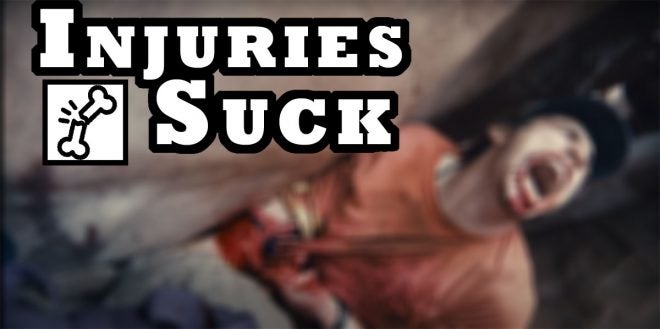
Early December 2021, I took a daytrip with my BFF to look at motorcycles. We ended walking around doing some sightseeing while still wearing my casual riding boots. Two days later, I experienced intolerable pain while standing or walking. Injuries suck, especially when you’re not used to them! This was the first muscle related injury since 2014, and man… it wasn’t fun.
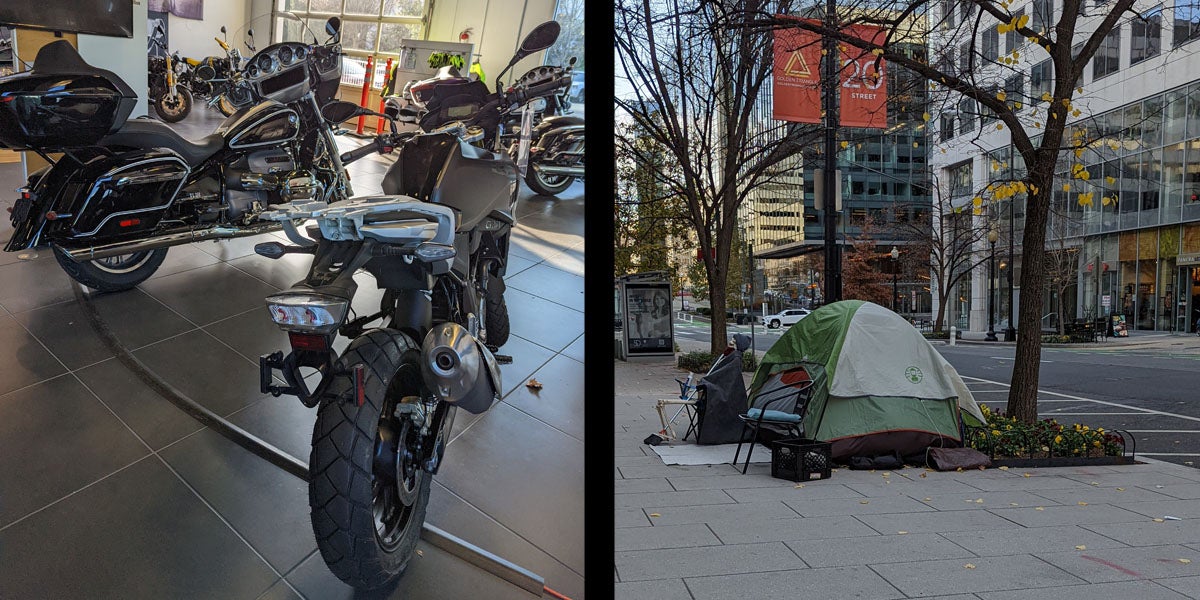
At the time of publishing (three months later), I am still working on recovering from plantar fasciitis, and have learned enough to hopefully help anyone hindered from temporarily performing activities they love.
Welcome to our recurring series of “The Path Less Traveled.” In this series, we want to take you along for our exploits out in the wilderness while hiking, camping, exploring, and general adventuring. This will include our small daily victories, foibles, tips, tricks, and reviews of gear we authentically appreciate and frequently utilize. While a well-worn trail can often be the pathway to a leisurely day, the paths less traveled can often spur on some of the greatest memories, misadventures, and fun we could imagine. Join us in the Comments as we share our travels and hopefully, we can all come together for a greater appreciation of the outdoors.
Alloutdoor has a lot of posts about injuries, here are a few interesting ones:
- Rethinking R.I.C.E. for Sprains and the Like
- Ask Doc: Why All Ankle Sprains Are Not Equal
- Michigan Man May Lose Leg After Misusing Tannerite Target
Full Disclaimer: None of this is intended as medical advice, I’m just some dummy who injured his foot and writes on the internet! Seek professional medical advice/treatment if injured.
Initial Thoughts: Injuries Suck!
I don’t know about you, but I remain moderately fit most of the year. Experiencing any kind of injury that sidelines me from recreational activities, let alone daily activities is out of the norm and kind of easy to dismiss at first. I mean, who hasn’t had a nagging pinch or muscle that you’ve grown to live with? There is a large aspect of psychological grief that comes along for a ride with physical injuries. In fact, the same survival tactics your brain uses for getting through a great loss is innately utilized when suffering with an injury.
For instance, at first you will attempt to continue living the way you would prior to feeling pain. Denying or ignoring pain is natural, it’s a way our brain tries to minimize pain, and makes it difficult to admit an injury has occurred, especially when we are still very used to using those muscle groups.
Then, comes anger, you know… This is the phase of an injury where a ‘damnit’ comes out of your mouth more often than expected. Emotional discomfort and physical discomfort are sitting shotgun next to each other like Thelma & Louise. Just like those two, you’re steadfast about continuing the same motions and movements, even if it causes you to go off a cliff (Wiese, 1987).

Once you figure out the pain ain’t goin’ nowhere, you begin to bargain in your own mind…
“Yeah, this’ll be over in a few days. Let me just ice it when I go to bed.”
But the pain remains, even when attempting to minimize it. Eventually your imagination settles out and reality hits you hard. You’re gonna be out of commission for a while. Depression can occur for many people at this time. It’s only natural to feel down from the chemical barriers being put on a brain that is meant to be much more active than when experiencing an injury. It’s like the spigot for dopamine and Opioidergic neurotransmitters were turned off (Boecker, 2008). Lastly, comes acceptance where you know things suck and you’re injured. Now what?
Steps During Recovery
Evidence based practices have made it pretty clear that you need to keep moving toward a goal in some way or another as soon as possible (Munin, 1998). Having a game plan including the following is vital to ensuring recovery sucks the least amount as possible:
Set Goals with (or without) a Team
If you’re injured, seek advice from a professional. Anything written is what I did, not what you should do. After about two months of going easy on my injury, I sent a text message to my long time bike riding friend and physician. They put in a referral to physical therapy. A physical therapist evaluated my injury, then provided recommendations for movements and stretching to do at home in-between appointments.
Pay Attention to your Pain Levels
Keep a little detective’s notepad, or a text file in your phone to measure your pain daily to monitor what is going on. If pain goes higher than your daily average, take notes on the where/why/what were you doing when it occurred. Communicate these things to your care team to help them make better informed decisions.
Ease in with Physical Activity
You’re gonna wanna do things while still injured. Take your care team’s advice on all this stuff. Things that I’m currently doing and have done in the past were as listed:
Improving Balance
Core Muscles
Work on core muscles, even if avoiding or going light on the injured appendage. Don’t worry about exercising the healthy muscles TOO MUCH as compared to the injured ones (Magnus, 2014).
Weights/Resistance Bands
Lift weights or do some resistance training, if recommended by your care team (Li, 2016). Weightlifting done right, usually has less injuries than grade schooler’s playing soccer, or recreational rugby games by a factor of 100 or so (Hamill, 1994).
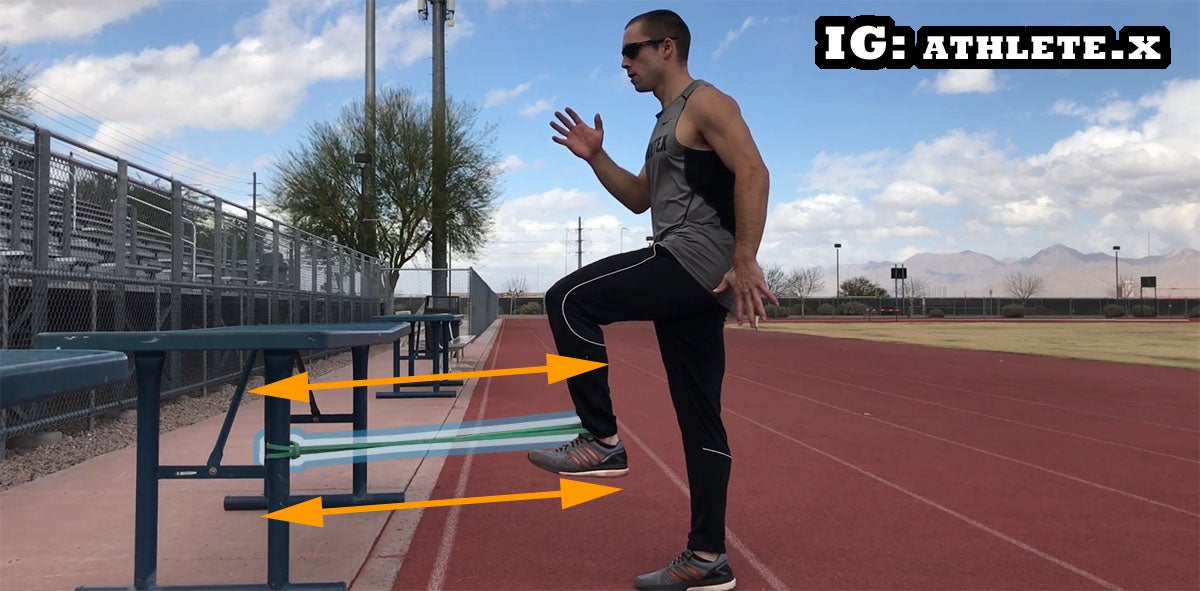
Aquatics!
Get on the water! Kayaking and swimming can work as a replacement physical activity to ensure your mood stays out of the gutter (Scherer, 2013).
Yoga/Stretching
I used a lot of static stretching activities when I had a knee injury that took me off my road bike for 18 months. Sounds like a sissy, wimpy thing to do, but it works (Sudo, 2020). I’m not sorry for using so many REI videos in this content post. They’re the perfect length and level of important content to fluff ratio. They’re no-nonsense videos.
Cardio, as Tolerated
Depending on the injury, cardio may still be viable. Dynamic stretching such as high knees, skipping, leg swings, and arm circles can work well to get heartrate up.
No Equipment?
Trying to do some exercise and don’t have equipment? Have you seen chimpanzees and gorillas? They’re shredded in the jungle and haven’t ever seen a Bowflex or Nordictrac machine!
Stay Involved, Find a New Hobby
Even if you’re not out there hiking or riding your local trails, you sure as heck can get out there and help rebuild trails, no?
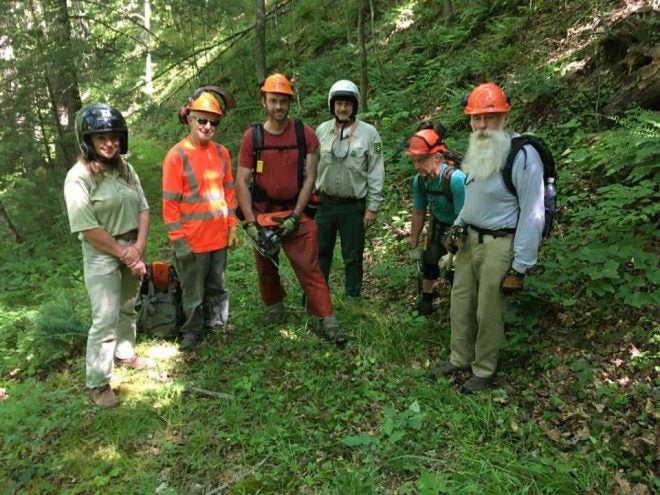
Walk your dog, walk your friend’s dog!
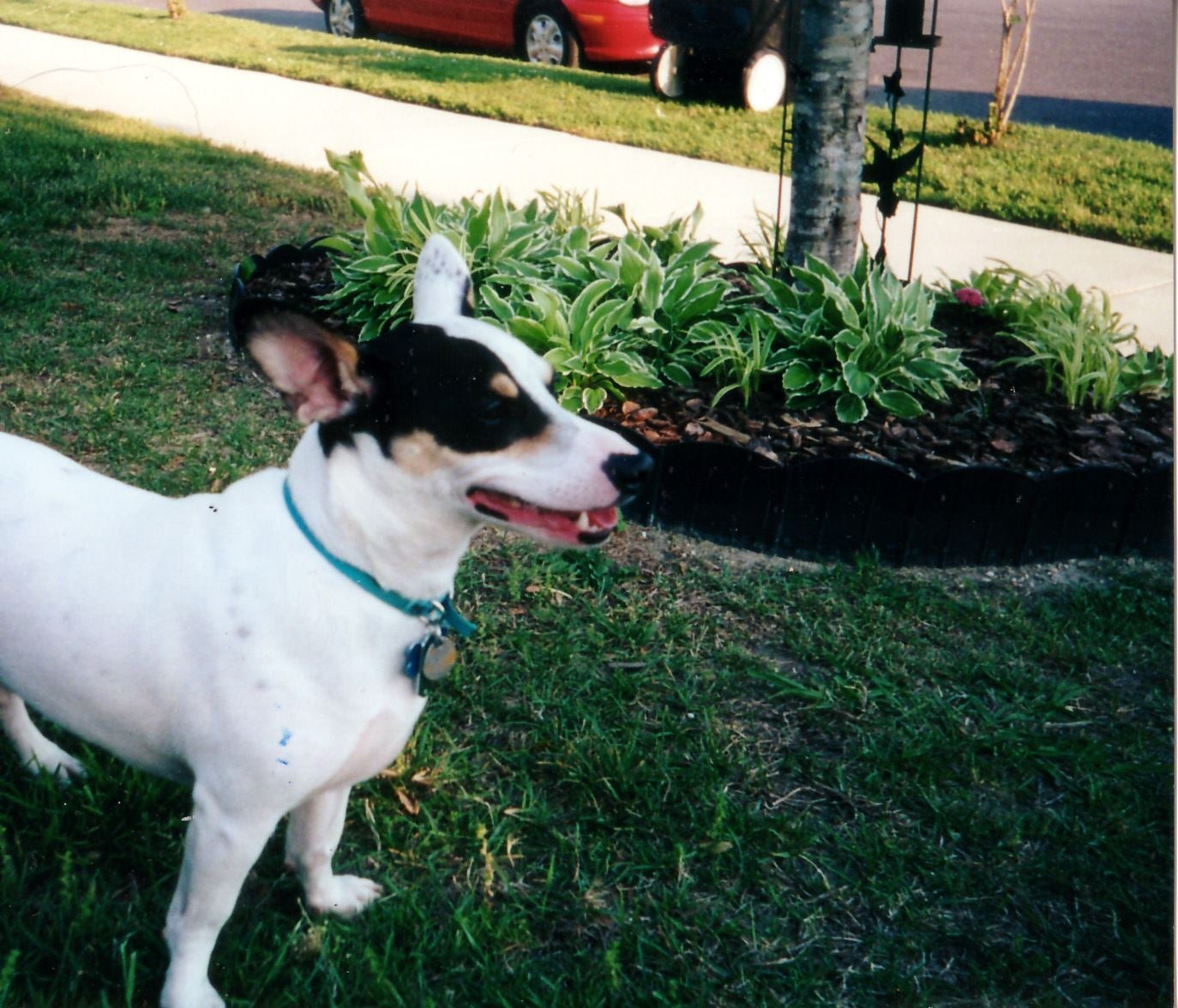
Watch your Calories, Get Enough Sleep
We all know that injuries lead to us becoming more lethargic. Humans are creatures of habit and often do not adjust their calorie intake when injured, leading to weight gain. This is similar to cases of individuals gaining weight back after knee or hip replacement surgery (Zeni, 2010). There’s also a strong correlation between lack of healthy sleep and weight gain (Patel, 2008). We all knew that though, right?
Good as New?
Once your road to recovery has been established and some times has gone by, I’m sure you feel pretty good about getting back on the trail. Watch out though. Depending on how long it has been since your last twenty mile hike, extra considerations should be taken to prevent future injuries or errors in judgement.
Mindset
Go slow, be kind to yourself, don’t stress out about not being able to pound out miles like before. This is super tough as you knew your physical abilities before, and what it is like now. I know in 2014, I beat myself up for years not having the physical fitness I did before. It took me nearly two years to be able to ride like I used to, and it never really did have that same level of fun as it did before.
Stamina
When you feel ready, start off increasing your mileage by 10% each time, but never start off trying more than 30% of your ability prior to injury. If pain occurs, stop and seek professional guidance! Don’t forget to continue your regiment of strength training, cardio, and rest days.
Gear Changes
You may not be the 100% you that you were before injury after recovery. Larry Vickers put out a video ages ago explaining why he was as portly as he was, and how it was severely unsatisfying to him. We’ve all seen in the past seven years, he’s gotten back in decent shape after giving all he had to his time in special forces.
With different expectations from your body, you may need to get that gucci pair of hiking poles, or a different type of shoe to remain comfortable after mile ten or more. The injury may have shifted your gait or how a pack feels on your back.
Set Realistic Expectations
Plan reasonable activities for yourself once you are ready to get out there. Pick trails and events that have multiple bailout points… even if it means doing a smaller loop several times to get your desired workout. As Vickers said in his video, as well as others – If you can’t do a push up, start with wall push ups and work accordingly. If you hurt doing too much, back off; do a quarter of it. Do what you can do at that point in time.
If there’s goal changes due to a permanent injury, readapt your goals and determine “well, what can I do?” Typically this means avoiding explosive physical activities and doing “higher reps and lower intensity” while paying attention to your body. Bottom line, stay safe. Don’t push yourself too hard or too fast because of pride. Pay attention to your own body.
Sources:
Boecker, H., Sprenger, T., Spilker, M. E., Henriksen, G., Koppenhoefer, M., Wagner, K. J., … & Tolle, T. R. (2008). The runner’s high: opioidergic mechanisms in the human brain. Cerebral cortex, 18(11), 2523-2531.
Hamill, B. (1994). Relative safety of weightlifting and weight training. J Strength Cond Res, 8(1), 53-57.
Li, Y., Su, Y., Chen, S., Zhang, Y., Zhang, Z., Liu, C., … & Zheng, N. (2016). The effects of resistance exercise in patients with knee osteoarthritis: a systematic review and meta-analysis. Clinical rehabilitation, 30(10), 947-959.
Magnus, C. R. A., Boychuk, K., Kim, S. Y., & Farthing, J. P. (2014). At‐home resistance tubing strength training increases shoulder strength in the trained and untrained limb. Scandinavian Journal of Medicine & Science in Sports, 24(3), 586-593.
Morgan, J. A., Olagunju, A. T., Corrigan, F., & Baune, B. T. (2018). Does ceasing exercise induce depressive symptoms? A systematic review of experimental trials including immunological and neurogenic markers. Journal of affective disorders, 234, 180-192.
Munin, M. C., Rudy, T. E., Glynn, N. W., Crossett, L. S., & Rubash, H. E. (1998). Early inpatient rehabilitation after elective hip and knee arthroplasty. Jama, 279(11), 847-852.
Patel, S. R., & Hu, F. B. (2008). Short sleep duration and weight gain: a systematic review. Obesity, 16(3), 643-653.
Scherer, M. R., Gade, D. M., & Yancosek, K. E. (2013). Efficacy of an adaptive kayaking intervention for improving health-related quality of life among wounded, ill, and injured service members. American Journal of Recreation Therapy, 12(3), 8-16.
Sudo, M., & Ando, S. (2020). Effects of acute stretching on cognitive function and mood states of physically inactive young adults. Perceptual and Motor Skills, 127(1), 142-153.
Wiese, D. M., & Weiss, M. R. (1987). Psychological rehabilitation and physical injury: implications for the sportsmedicine team. The sport psychologist, 1(4), 318-330.
Zeni Jr, J. A., & Snyder-Mackler, L. (2010). Most patients gain weight in the 2 years after total knee arthroplasty: comparison to a healthy control group. Osteoarthritis and Cartilage, 18(4), 510-514.